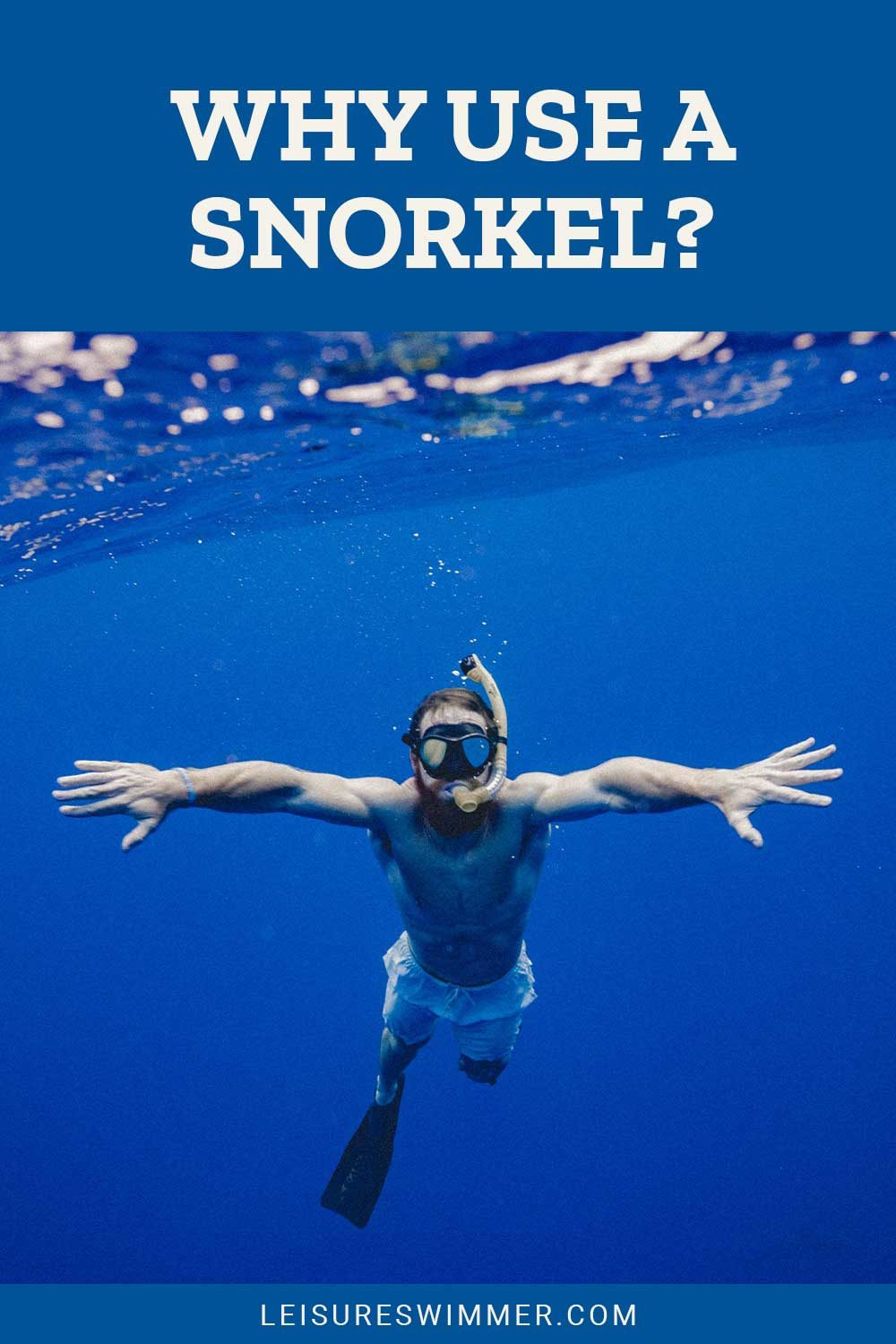Why Use a Snorkel?
We may earn commissions for purchases made through links on our site. Learn more on our about us page.
There are open-water recreational activities that will require the need to see underwater, to stay submerged, and then to have the ability to breathe while taking in the view.
Enter the Snorkel, which allows a person to swim near the surface but can see underwater at the reefs or bottom of the people depending on the situation.
The other reason to use the Snorkel is that the equipment setup is relatively inexpensive and not complicated at all to use. Therefore budget conscious people will have an option for the family. There is also the added benefit of eye protection.

What is it Good For?
A snorkel is suitable for a few things, and it has goggles for eye protection, with some types having nose covering but all having a breathing tube. These are good for reef viewing for the casual observer wanting to stay closer to the surface instead of diving deeper.
They are also suitable for playing at the pool with children and family. For example, the game of ‘find involves a sinking toy, snorkels, and those racing to retrieve the sunken treasure.
A parent can also keep an eye on their offspring with a pair of these, when in the water, maybe play ‘Jaws.’
What Types of Snorkels are There?
The Snorkel is an item, and there is only one general object like it: the goggle, strap, and breathing tube setup. Now, within that, there are at least three types of snorkels.
Those types are:
- The traditional Snorkel comprises a simple plastic breathing tube and a mouthpiece.
- The Semi-dry Snorkel – Even while submerged underwater, this Snorkel will seal off water and air with a valve located at the top of the breathing tube.
- Dry snorkel tubes – these are designed for those areas in which scuba diving is not permitted and swimmers are restricted to staying on the surface.
Which One is Good for Beginners?
There is no particular brand or type of Snorkel specifically designed for beginners. Still, many experts agree that one should start simply with a mask and a breathing tube.
There will be folks that will have the money and resources to purchase a scuba diving instructor, in which a person can skip the first lessons of snorkeling and go right to the pressurized air.
Otherwise, take your time and get used to the simple equipment. There is hardly anything like it, but also consider that becoming proficient with a Snorkel will give a swimmer the skills to transition to scuba diving easier.

Do You Swim Faster with a Snorkel?
To answer this question will depend on the situation we find the hypothetical swimmer in; if they are underwater, would there be one element that would sway this question?
Underwater, yes, a snorkel will help a person swim with more purpose and stay in the right direction, which in turn will speed up a swimmer’s time between points.
Otherwise, having the bulky mask and the drag that comes from the tube also will, in effect, slow a swimmer down when compared to how an Olympic swimmer would suit up.
Competitive swimmers will want to shave off anything that causes drag in the water in order to maximize their speed in the water.
How Do you Breathe When Swimming and Snorkeling?
There is a very simple technique when it comes to utilizing the Snorkel, and it starts with breathing. There are three things to keep in mind when learning to breathe correctly; first, ensure that you get adequate fresh air by breathing deeply.
On that same note, be sure to avoid accidentally swallowing or inhaling water by keeping tabs on the water’s surface, and remember to adjust buoyancy by adjusting ventilation.
From there, a snorkeler can advance by using breathing practice exercises to strengthen the lung capacity as well as the diaphragm muscle, which will lead to becoming scuba gear ready.
Final Thoughts on Why Should You Use a Snorkel
Learning how to snorkel shows a plan for further exploration of our planet earth; this skill can be a big plus when visiting watery paradises around the globe.
A snorkel is a simple piece of equipment with a mask and breathing tube, but with it, the underwater world is opened for view.
There are three things to remember, take deep breaths when fresh air is available, and be sure not to suck in water when under the surface. Lastly, begin utilizing the ability to control buoyancy by using the adjustment settings on the Snorkel.
On a final note, whenever you have a chance to do your own investigation and research on a topic, it is the only way to be one hundred.


